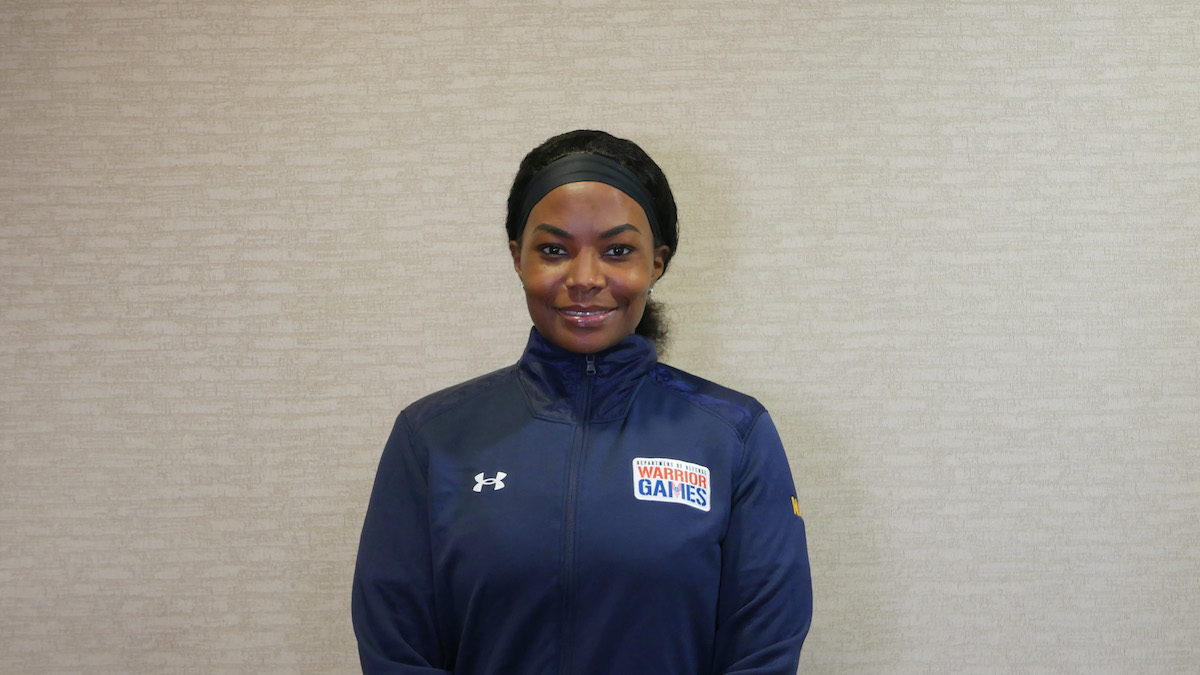By Larry Dandridge
Editor’s note: This article is the second in a series of five.
Veterans who were exposed to Agent Orange or other herbicides during military service and who develop the presumptive cancers below do not have to prove a connection between their presumptive illness/condition and service to be eligible to receive VA health care and disability compensation.
Cancers caused by Agent Orange exposure are presumptive.
1. Bladder Cancer:A type of cancer that affects the bladder, where urine is stored before it leaves the body. Symptoms of bladder cancer include blood in the urine and pain in the pelvic region or back, according to the Mayo Clinic. Blood in the urine may be visible or only become apparent during a urinalysis. Learn more at https://bit.ly/4ezOmqH.
2. Chronic B-cell Leukemias: A type of cancer that affects white blood cells. This includes all chronic B-cell leukemias, including, but not limited to, hairy cell leukemia and chronic lymphocytic leukemia. Common leukemia symptoms are persistent fatigue, weakness, frequent infections, weight loss without trying, swollen lymph nodes, enlarged liver or spleen, easy bleeding or bruising, tiny red spots in the skin (petechiae), and bone pain or tenderness. Learn more at https://bit.ly/46qTafH.
3. Chronic lymphocytic leukemia: A subtype of leukemia. Chronic lymphocytic leukemia is the most common form of leukemia and is characterized by the production of an excessive number of white blood cells. Common leukemia symptoms are persistent fatigue, weakness, frequent infections, weight loss without trying; swollen lymph nodes, enlarged liver or spleen, easy bleeding or bruising, tiny red spots in the skin, and bone pain or tenderness. Learn more at https://bit.ly/4es30zW.
4. Hodgkin’s Disease: A malignant lymphoma (cancer) characterized by progressive enlargement of the lymph nodes, liver, and spleen, and by progressive anemia. Hodgkin’s disease is one of the two most common cancers of the lymphatic system, a component of the immune system. Signs may include fever, fatigue, night sweats, itching, loss of appetite, and weight loss. Painless swelling in the lymph nodes in the neck, armpits, and groin may also occur. Learn more at https://bit.ly/45SLN0q.
5. Multiple Myeloma: A cancer of plasma cells, a type of white blood cell in the bone marrow. Multiple myeloma is a cancer caused by the overproduction of specific proteins from plasma cells, which are a type of white blood cell. It is called multiple myeloma because it is characterized by plasma cell tumors in multiple bones throughout the body. Symptoms include bone pain, unexplained bone fractures, repeated infections, weakness or numbness in the legs, abnormal proteins in the blood or urine, anemia, fatigue, and high levels of calcium in the blood. Learn more at “Multiple Myeloma and Agent Orange” at https://bit.ly/4nwvfSh.
6. Other myelodysplastic syndromes: According to the May Clinic, myelodysplastic syndromes are a group of disorders caused by blood cells that are poorly formed or don’t work correctly. Myelodysplastic syndromes might cause fatigue, shortness of breath, unusual paleness, which occurs due to a low red blood cell count, easy or unusual bruising or bleeding, which occurs due to a low blood platelet count, pinpoint-sized red spots just beneath the skin that are caused by bleeding, or frequent infections, which occur due to a low white blood cell count. Learn more by watching the VA YouTube Video “Myelodysplastic Syndrome Patient Chooses Warner Robins Treatment” at https://bit.ly/44qQ2ho.
7. Non-Hodgkin’s Lymphoma: A group of cancers that affect the lymph glands and other lymphatic tissue. Non-Hodgkin’s lymphoma is a type of cancer that affects the lymph glands and other lymphatic tissue, which are integral to the body’s immune system. Signs include swollen, painless lymph nodes in the neck, armpit, or groin areas in the early stages. Other signs may include fever, night sweats, fatigue, weight loss, abdominal pain or swelling, chest pain or trouble breathing, and itchy skin. Learn more at “Non-Hodgkin’s Lymphona and Agent Orange” at https://bit.ly/3IrbI5x.
8. Prostate Cancer: Cancer of the prostate is one of the most common cancers among men. Some individuals may experience urinary problems, while others may not exhibit symptoms until later in life. The most significant risk factor for prostate cancer is increasing age. Other risk factors include having a father or brother with the disease and being African American. Prostate cancer is often first detected with a PSA (prostate-specific antigen) blood test or digital rectal exam. A 2013 study conducted at the Portland VA Medical Center and Oregon Health and Science University found that veterans exposed to Agent Orange are also more likely to have aggressive forms of the disease. Learn more at VA’s “Prostate Cancer and Agent Orange” at https://bit.ly/3TnmDQe.
9. Respiratory Cancers (includes lung cancer): Cancers of the lung, larynx, trachea, and bronchus. Veterans who develop respiratory cancer (lung, bronchus, larynx, or trachea) and were exposed to Agent Orange or other herbicides during military service do not have to prove a connection between their disease and service to be eligible to receive VA health care and disability compensation. Respiratory cancers are cancers of the lung, larynx, trachea, and bronchus. Symptoms vary, depending on the location of the cancer:
- Lung cancer — a new cough or cough that doesn’t go away, coughing up blood, shortness of breath, chest pain, hoarseness
- Cancer of the trachea — dry cough, hoarseness, breathlessness, difficulty swallowing
- Cancer of the larynx (at the top of the trachea) — hoarseness, voice changes, sore throat or earache, feeling of a lump in the throat
- Cancer of the bronchus — cough, chest pain, coughing blood.
Learn more at the “Respiratory Cancers and Agent Orange” webpage at https://bit.ly/3ThZOxj.
10. Soft Tissue Sarcomas(other than osteosarcoma, chondrosarcoma, Kaposi’s sarcoma, or mesothelioma): A group of different types of cancers affecting body tissues, including muscle, fat, blood, and lymph vessels, as well as connective tissues (that is, distinct from hard tissue such as bone or cartilage). These tumors are relatively rare.. The VA does not include osteosarcoma, chondrosarcoma, Kaposi’s sarcoma, or mesothelioma on our list of presumptive conditions. There are often no symptoms in the early stages. The first noticeable symptom is usually a painless lump or swelling. As the tumor grows, it may cause other symptoms, such as pain or soreness. Learn more at https://bit.ly/4lblTdf.
The bottom line
Use a Veterans Service Officer (VSO) to help you enroll in VA healthcare and file claims for service-connected disability compensation. If you have any health concerns, consult with your healthcare provider.
Continued next week.
Larry Dandridge is a Vietnam War wounded warrior, a combat and service-connected 100% disabled veteran, an ex-Enlisted Infantryman, an ex-Warrant Officer Pilot, and a retired Lt. Colonel. His over 250 articles on veterans’ benefits, leadership, logistics, hospice, law enforcement, and aeronautics have been published in over 20 magazines and newspapers in the USA, Germany, and England. Larry is a former Veterans Service Officer, a Patient Adviser at his local VA Hospital, a Fisher House Charleston Goodwill Ambassador, and the past Vice President for Veteran Affairs for his local Association of the US Army (AUSA) and Military Officer Association Chapters. He is currently the VFW Post 7378 Service Officer, the author of the award-winning and popular (over 250 five-star reviews) Blades of Thunder (Book One), and a contributing freelance writer with the Island News. Contact him at LDandridge@earthlink.net or 843-276-7164.










